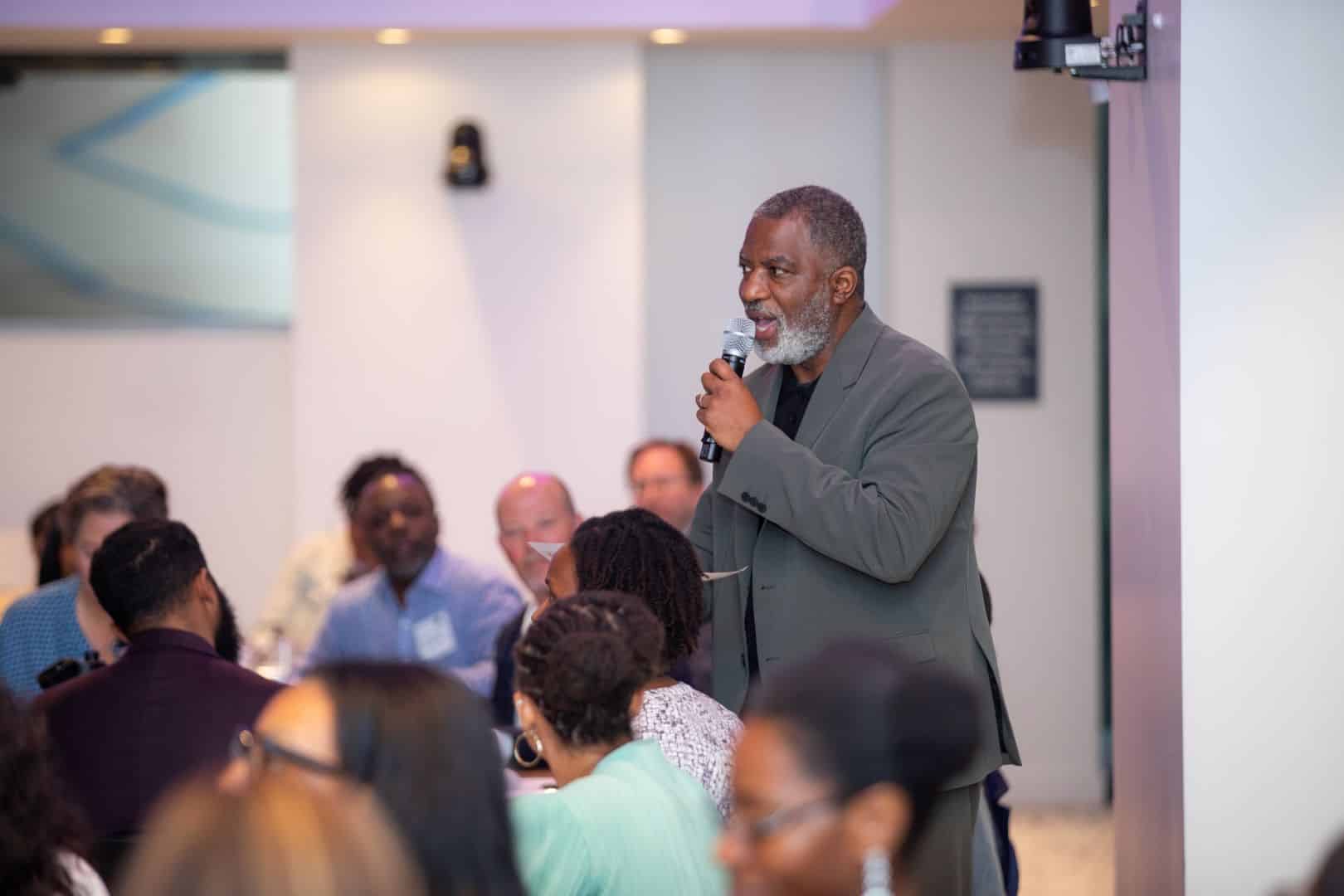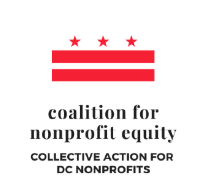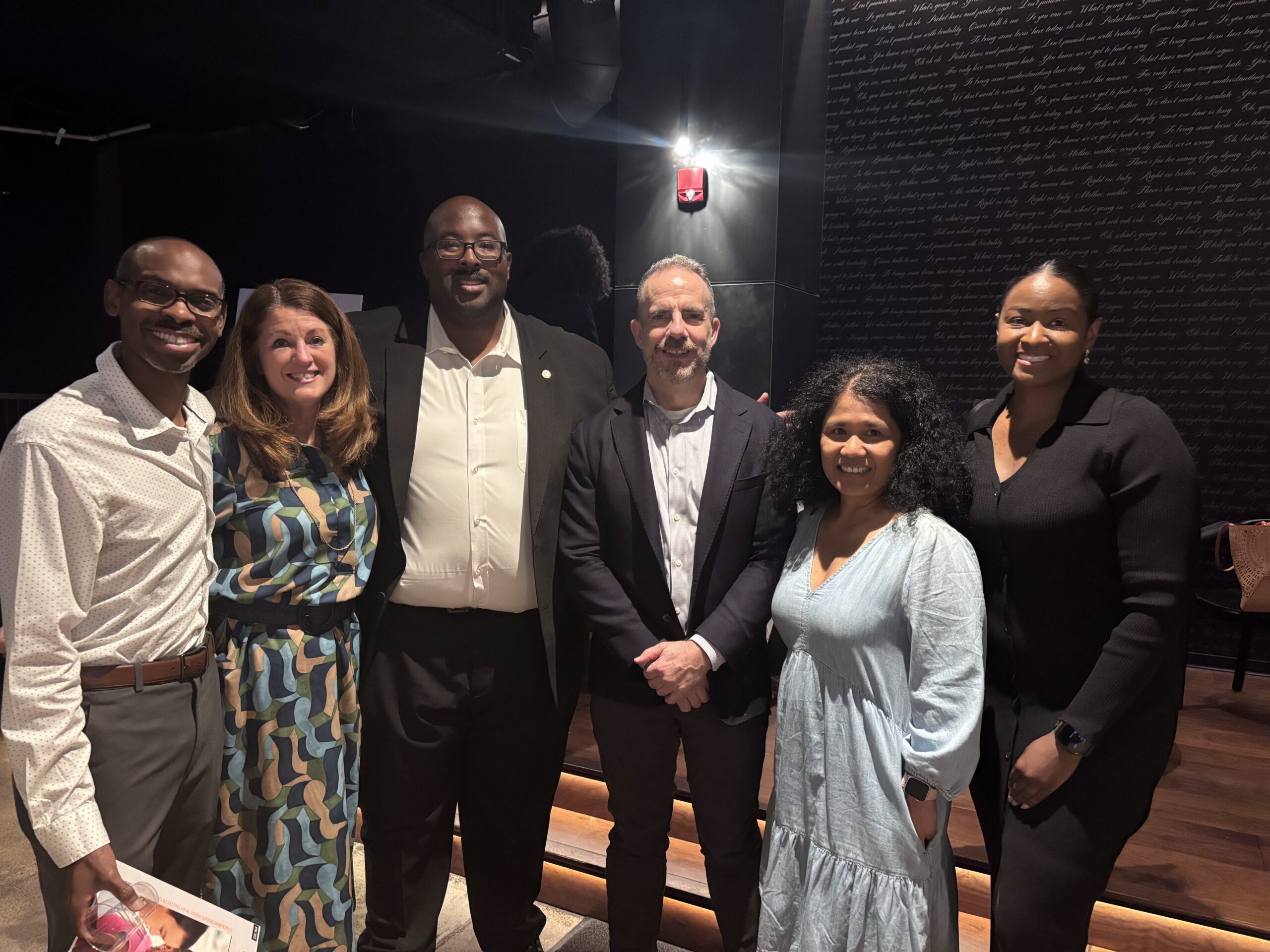

Thank you to Accenture for sponsoring and hosting this year’s Roundtable.
The Fair Chance Roundtable brought together various stakeholders to discuss the pressing issues facing the nonprofit sector and communities in our region. This year, the theme that stood out most was the knowledge gap between funders and community-based nonprofits. The gap exists due to scarcity of funding; a lack of partnership; and an absence of open communication between nonprofits and funders.
What’s Not Working
2020 brought about unprecedented levels of funding due to COVID-relief funds and DEI initiatives in the wake of the murder of George Floyd. But now the tide has shifted and has left nonprofit leaders feeling abandoned and organizational budgets constrained. The power dynamics between funders and nonprofits often lead to confusion and tension. Funders tend to have minimum thresholds that nonprofits must meet to receive funding, shutting out many smaller organizations. Beyond thresholds, funders fund who they know – larger, more well stablished organizations. Finally, when funders and nonprofits do come together – they may not always speak the same language. Attendees emphasized how biases around data are used to exclude organizations. Quantitative data collection can be challenging for small nonprofits due to staffing and lack of technological capacity, however, it is often a requirement for foundations for grant funding. Additionally, funders wait to see significant gains over a short period of time, which may not be realistic given the challenges that communities face. This over-emphasis on numbers can feel hollow without the complex stories of communities to accompany them.
Building Solutions Together
Nonprofits in the room expressed a need for funders to work with communities instead of creating solutions for communities. Attendees shared examples of funder practices that worked best for small nonprofits. Open and regular communication is essential. The importance of nonprofits and foundations sharing space to create shared understanding resonated throughout the room. As one attendee emphasized “when you see it, you get it.” Even in the face of changes to funding, funders who communicated why they shifted their funding priorities were highly regarded. Funders also need to be adaptable and flexible in their funding practices. If funding practices are not addressing community needs, funders should revisit their funding strategies.
The Fair Chance Roundtable was one opportunity for small nonprofits organizations to share their challenges and come up with creative solutions to improve the nonprofit sector. Participants left feeling energized and ready to act: of the 86% of attendees that made a connection that evening, 12% made a direct connection with a funder. The road to better nonprofit and foundation relationships and greater social impact begins with a conversation.
Want to learn more about how Fair Chance is bridging the gap between nonprofits and funders? Learn more about our work with the Coalition for Nonprofit Equity and the fight for fair funding for recipients of DC Government grants.



